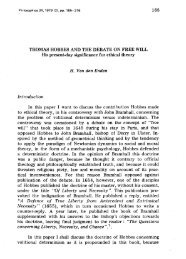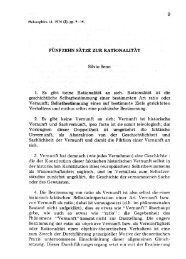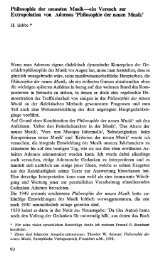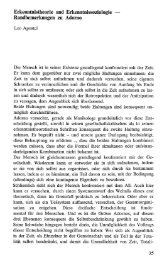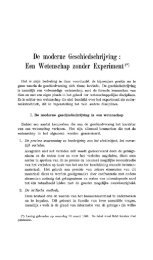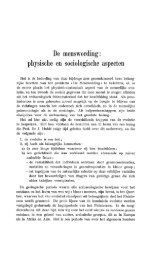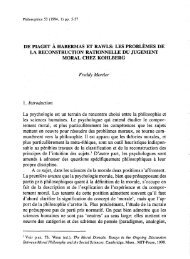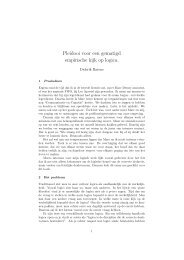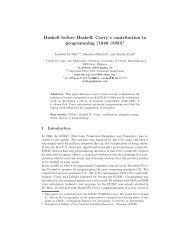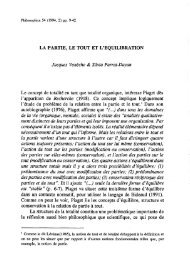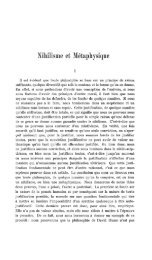Ferdinando Arzarello, Valeria Andriano, Federica Olivero & Ornella ...
Ferdinando Arzarello, Valeria Andriano, Federica Olivero & Ornella ...
Ferdinando Arzarello, Valeria Andriano, Federica Olivero & Ornella ...
Create successful ePaper yourself
Turn your PDF publications into a flip-book with our unique Google optimized e-Paper software.
ABDUCTION AND CONJECTURING IN MATHEMATICS 85<br />
hints for getting a conjecture, but in order to see in them why the regularity<br />
got with the abduction does work. The reversed way of looking at<br />
figures leads the subject to formulate the conjecture in the conditional<br />
form. Now the modality is typically that of a logical concatenation.<br />
Phase 3<br />
Now suitable, possibly fresh, heuristic is used, in order to prove the<br />
conjecture. Here the descending control is crucial: it allows the detached<br />
subject to interpret in the 'right' way what is happening, namely to<br />
produce logical concatenations. First they have a local character, then<br />
they are organised in a more global and articulated way. Here the detachment<br />
has increased: the subject has become a true rational agent (see<br />
Balacheff, 1982), who controls the products of the whole exploring and<br />
conjecturing process from a higher level, selects from this point of view<br />
those statements which are meaningful for the very process of proving<br />
and rules possible new explorations. In this last phase, conjectures are<br />
possibly reformulated in order to combine better logical concatenations<br />
and new explorations are possibly made to test them.<br />
We observe that the exploration and selection modality is a constant<br />
in the whole conjecturing and proving processes; what changes is the<br />
different attitude of the subject towards her/his explorations and the<br />
consequent type of control with respect to what is happening in the given<br />
setting. It is the different control. to change the relationships among the<br />
geometrical objects, both in the way they are 'drawn' and in the way they<br />
are 'seen'. This is essential for ·producing meaningful arguments and<br />
proofs. Also detachment changes with respect to control: there are two<br />
types of detachment. The first one is very local and marks the switching<br />
from ascending to descending control through the production of conjectures<br />
formulated as conditional statements· (that is local logical concatenations)<br />
because of some abduction. The second one is more global and we<br />
used the metaphor of the rational agent to describe it: in fact it is embedded<br />
in a fully descending control, produces new (local) explorations<br />
and possibly proofs (that is global logical combinations). The transition<br />
from the ascending to the descending control is promoted by abduction,<br />
which puts on the table all the ingredients of the conditional statements:<br />
it is the detachment of the subject to reverse the stream of thought from<br />
the abductive to the deductive (i.e. conditional) form, but this can happen<br />
because an abduction has been produced. The consequences of this transition<br />
are a deductive modality and the new relationships among the



